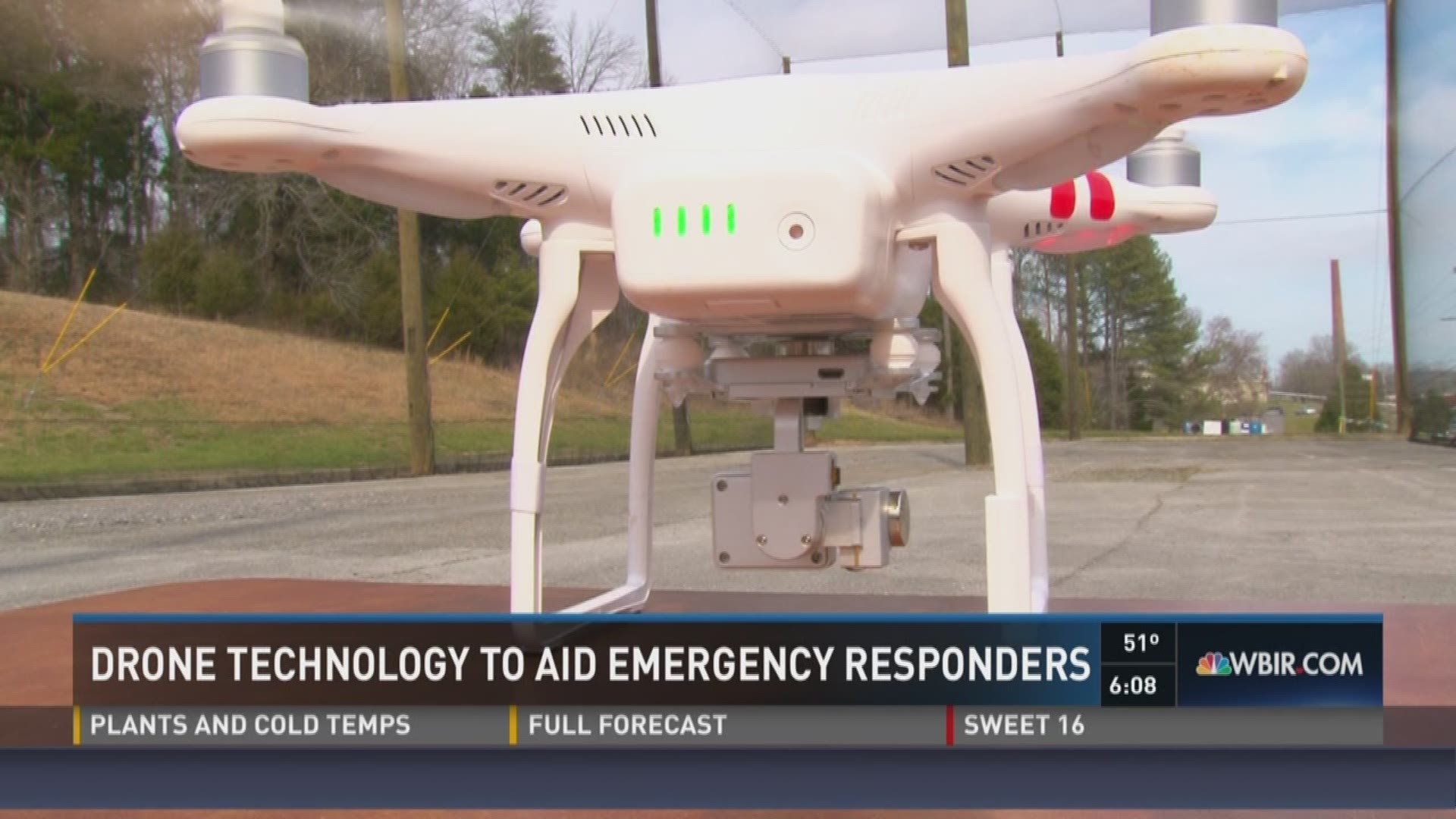Drones may not be a novelty in the skies anymore, but the technology is taking off with a higher purpose.
Oak Ridge National Laboratory (ORNL) has been researching the use of drones in case of emergencies and discovered the unmanned aerial systems (UAS) could cut response times.
“You don’t have to put a man in a hazmat suit and send him down range and in danger with a detector," ORNL's Director of the UAS Research Center Richard Lusk said.
The most significant advancement in technology is the use of sensor detectors.
“These sensors are sensors more than just 4k or HD cameras," Lusk said. "You could put heat sensors on them. You could put chemical sensors, radiological sensors on them. Pressure sensors.”
Lusk said using drones during the Blount County train derailment, for example, would have made a huge difference for the initial assessment of the toxic chemical exposure.
"You can put these up and cover a mile or two very quickly," Lusk said. "Then locate that, and feed that information back to a command center, which could then say this is where the dangerous chemicals are and set up a perimeter and start doing things right away. I mean, within minutes.”
“If you were going to the train derailment, you would come in high and then see what you want to see and them come on down and get as close we are if you wanted to get some real detailed pictures," ORNL technical liaison Ken Woodworth said.
Woodworth added there are many other uses in search and rescue missions, like the Texas floods that left dozens stranded in the summer of 2015.
"If someone was lost, you could fly over and look down, and you'd see their body heat," he said. "You could identify them even in total darkness."
But disaster zones aren't the only place drones capture a closer look and feel.
“Agriculture is a big thing, and for the state of Tennessee," Lusk said. "You could see crop stress, what crops are successful and what are being infested. It’s a lot cheaper for farmers to use these platforms and will be than hiring an airplane or a helicopter. Utility work, inspecting lines and things like that.”
If funding allows, ORNL hopes to roll this technology out across state and local agencies within a year.
Woodworth reminds those who are interested in purchasing a drone for personal or commercial use should be sure to get the appropriate license and permits.

